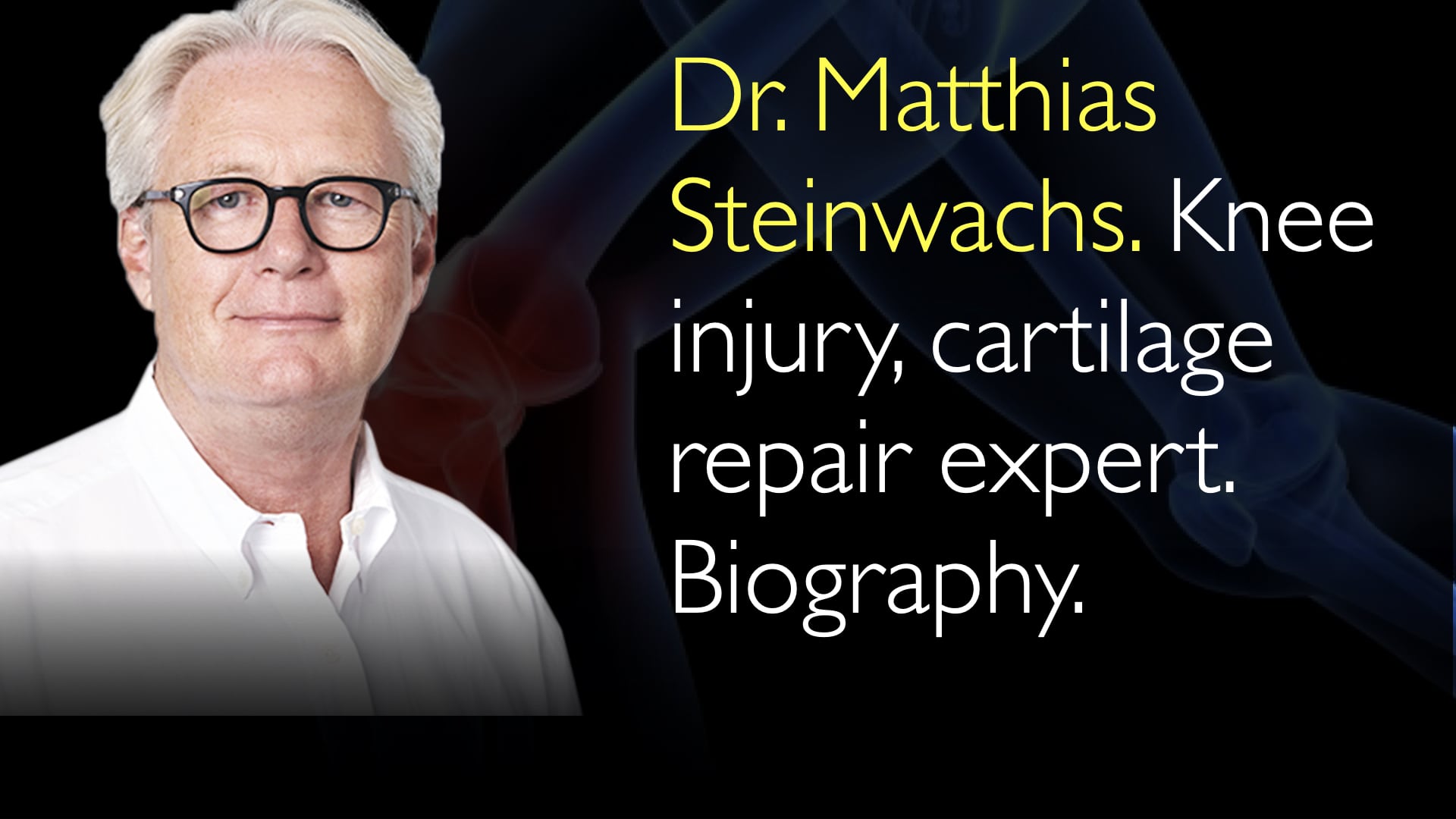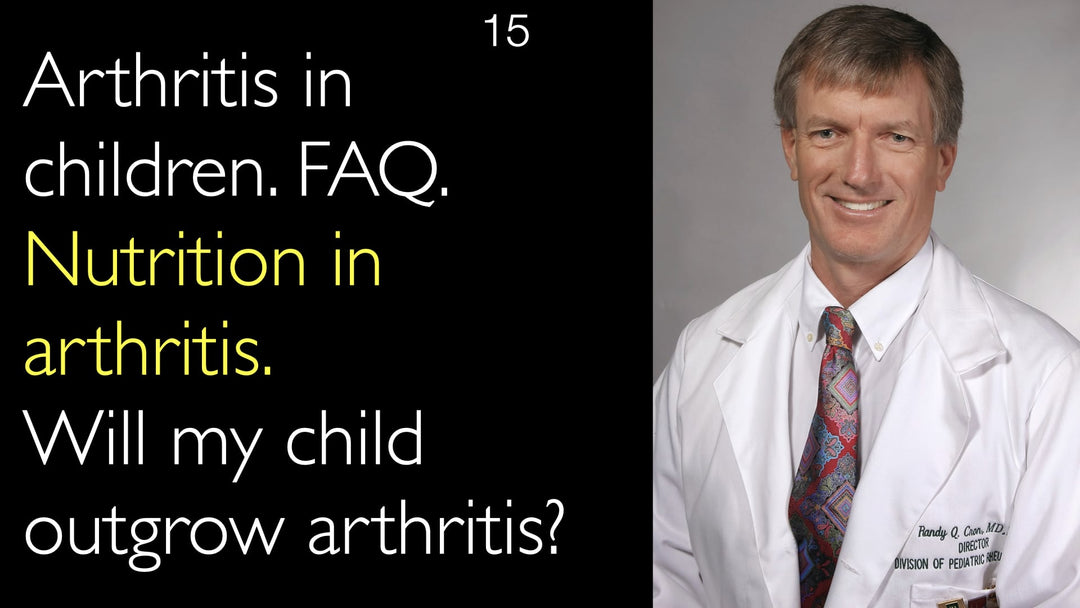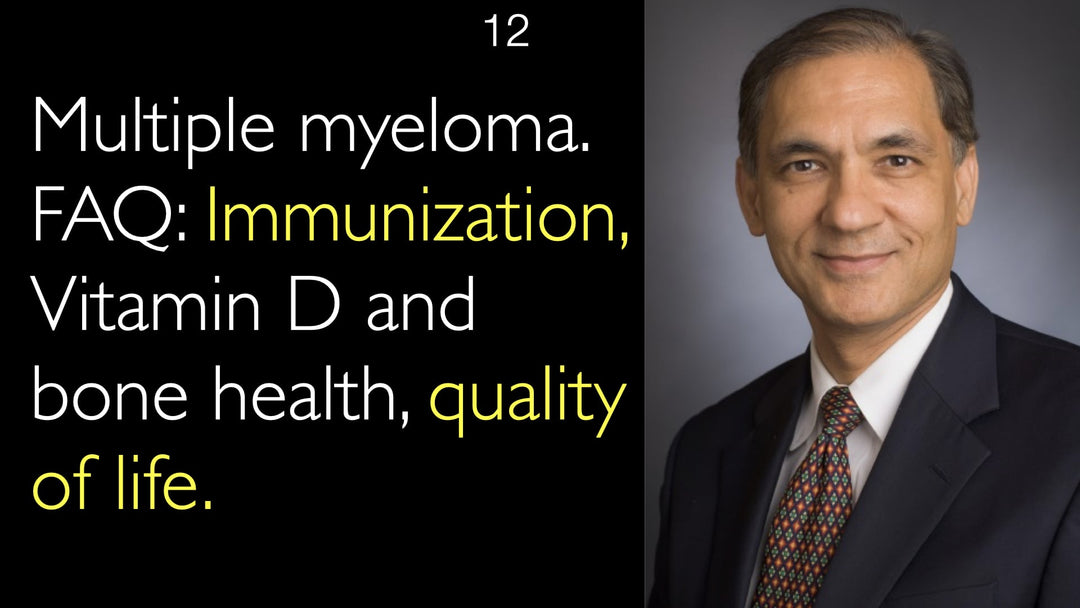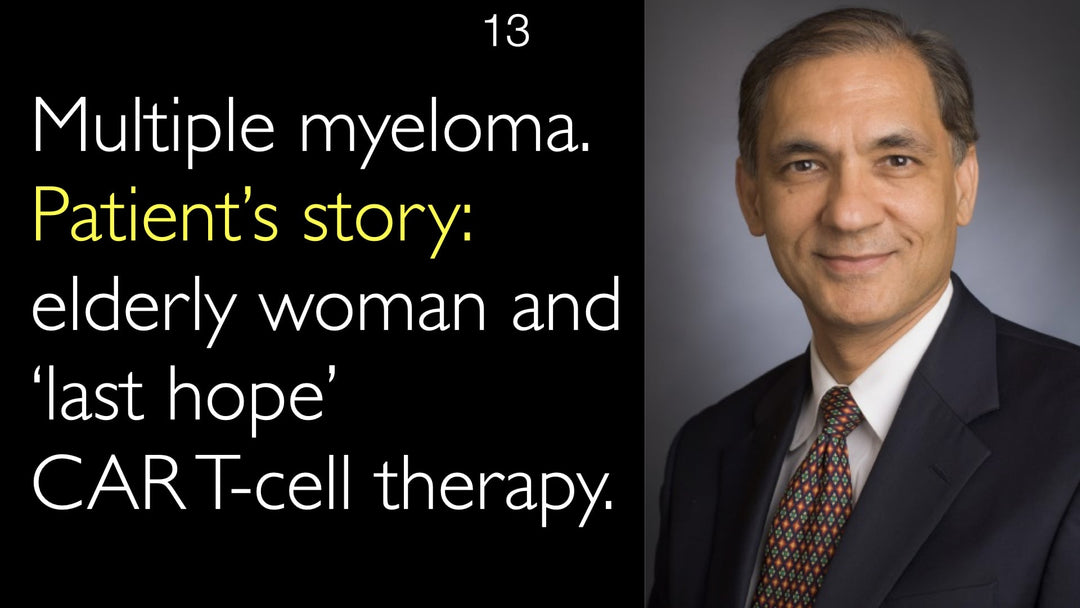軟骨修復の権威であるマティアス・シュタインバックス医学博士が、プロテニス選手の複雑な膝損傷症例を解説します。大規模な離断性骨軟骨炎(OCD)病変に対する革新的な手術手法を詳述。本手術では患者自身の軟骨と骨を再接着する手法が採用されました。シュタインバックス博士は、治癒成功のための重要な条件について考察。選手の競技復帰に対し、楽観的な見通しを示しています。
離断性骨軟骨炎による膝関節ロックに対する先進的手術的修復
セクションへ移動
OCDによる膝関節ロック症例提示
Matthias Steinwachs医学博士は、プロテニス選手の膝関節ロック症例を紹介する。このアスリートは負傷のため3ヶ月間プレー不能だった。MRI検査で、大腿骨外側顆に大きな離断性骨軟骨炎(OCD)病変が確認された。Steinwachs博士は、この病変が広範囲の軟骨表面とごくわずかな深部骨組織からなる特異な形態であった点を指摘。この損傷パターンは、膝機能の回復において重要な治療的課題となった。
手術技術と骨移植
Matthias Steinwachs医学博士は、複雑な欠損に対処する先進的な手術アプローチを説明する。病変サイズは2.5cm×2cmと大きく、完全切除は不可能だった。Steinwachs博士はまず、軟骨下骨領域からすべての遊離骨片を除去。続いて、軟骨幹細胞を最大限に動員するため深部骨穿孔を実施。骨基盤の再建のために、欠損部に海綿骨移植を行った。
最終段階として、患者自身の軟骨を再移植。Steinwachs博士は元の軟骨片を解剖学的に正しい位置に慎重に設置し、修復軟骨の辺縁を周囲の健康な軟骨に縫合した。完全な圧迫と統合を確保するため、軟骨片を骨に強固に固定するスクリューも挿入。
軟骨修復の課題とリスク
Matthias Steinwachs医学博士は、この手法に内在するリスクを認める。医学文献では、軟骨片の骨基盤が不十分な場合、本手法が失敗する可能性が報告されている。修復の成功は、再接着された軟骨片が周囲の軟骨および深部の骨と完全に統合されるかどうかにかかっている。こうした課題にもかかわらず、Steinwachs博士は治癒の生物学的可能性があると判断し、この技術を実施した。
術後回復とMRI所見
Anton Titov医学博士は、Steinwachs博士による患者の経過観察について論じる。術後3ヶ月の評価では、非常に良好な結果が得られた。MRI画像で、修復軟骨が完全に統合されていることが確認された。再移植された軟骨と健常組織の間に目立つ隙間は見られなかった。Matthias Steinwachs医学博士は、長期安定性の重要な因子である軟骨下骨の治癒が極めて良好だった点を強調。回復計画の次の段階として、翌週に安定化スクリューの除去を予定している。
アスリートの競技復帰予後
この高レベルアスリートの最終目標は、プロテニスへの完全復帰である。Matthias Steinwachs医学博士は、治癒の経過に基づき楽観的な予後を示す。患者の元々のヒアルロン酸を含む軟骨組織を温存したことが、可能な限り最良の機能的転帰をもたらす。Steinwachs博士は、このテニス選手が今後3~6ヶ月以内に段階的に競技復帰すると予測。本症例は、重度の骨軟骨欠損であっても成功裡に治療可能であり、アスリートがキャリアを再開できることを示している。
完全な記録
Anton Titov医学博士: Steinwachs教授、本日議論した内容を例示する患者症例についてお聞かせいただけますか?あるいは臨床現場でよく見られる複合症例などは?
Matthias Steinwachs医学博士: はい、例えば昨日、プロテニス選手の患者を診ました。彼は3ヶ月前に来院し、膝関節ロック損傷のためテニスができない状態でした。
MRIでは、大腿骨外側顆に大きな離断性骨軟骨炎(OCD)が認められました。このOCDは主に軟骨表面に基盤があり、軟骨下の骨体積が非常に少ない状態でした。
通常、軟骨下骨量が不十分な場合、修復軟骨は元の位置に統合されません。しかしこのテニス選手の膝軟骨欠損は大きかった(長径2.5cm×短径2cm)ため、
完全切除は選択しませんでした。リスクを承知の上で、軟骨下骨のすべての骨粒子を除去。最大数の軟骨幹細胞を動員するため深部骨穿孔を行いました。
その後、骨領域の欠損部に海綿骨を移植。軟骨を元の位置に戻し、周囲の健全な軟骨に縫合固定しました。さらに修復軟骨にスクリューを挿入し、軟骨片を完全に正常位置に圧迫固定しました。
この治療法の危険性は認識しています。医学文献では、軟骨片の形状や表面積が深部骨の大部分と一致しない場合、治療失敗のリスクがあると報告されています。
しかし本例では、昨日患者を診た際、修復軟骨組織が完全に統合・固定されていることを確認しました。来週スクリューを除去し、患者が元の軟骨(最良の軟骨修復材料)を再生することを期待しています。
今後3~6ヶ月以内にテニス復帰可能と予測します。これは典型的な膝軟骨損傷症例であり、
時に治療法の限界に挑戦することもあります。しかし軟骨修復の生物学的側面すべてに対処すれば、
初期所見より重度に見える状態でも治癒の可能性が生まれます。
Anton Titov医学博士: OCDとは骨軟骨欠損(Osteochondral Defect)を意味するのでしょうか?この略語の正式名称は?
Matthias Steinwachs医学博士: はい、OCDは骨軟骨欠損を意味します。離断性骨軟骨炎(osteochondrosis dissecans)という用語は、軟骨下骨の栄養障害問題を指します。
時間の経過とともに、離断性骨軟骨炎(OCD)患者は大腿骨顆部の大部分を失います。よってOCDは軟骨と軟骨下骨の複合損傷です。OCDは軟骨と骨の間の壊死領域に似ています。
Anton Titov医学博士: これほど広範な損傷後でも、このプロテニス選手は競技復帰可能なのでしょうか?
Matthias Steinwachs医学博士: 本例の鍵となる因子は軟骨下骨の治癒状態です。MRI所見は非常に良好でした。
修復軟骨は完全に統合され、移植軟骨と損傷を受けていない軟骨の間に隙間は見られません。修復軟骨は軟骨下骨に接着しており、これが最も重要です。
本例では元の組織を温存できており、これは軟骨損傷治療における最良の方法です。よってプロスポーツへの復帰が期待できる根拠となります。はい。








